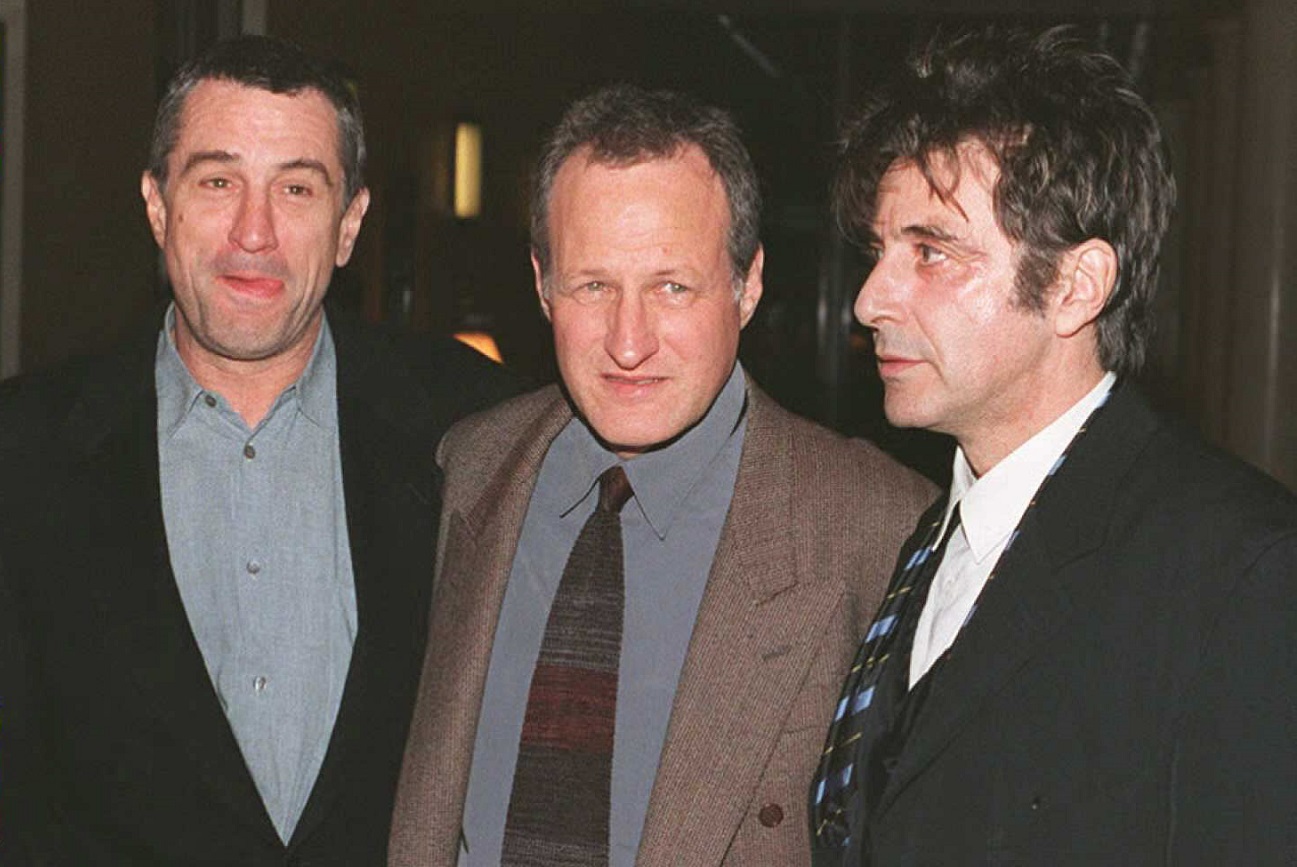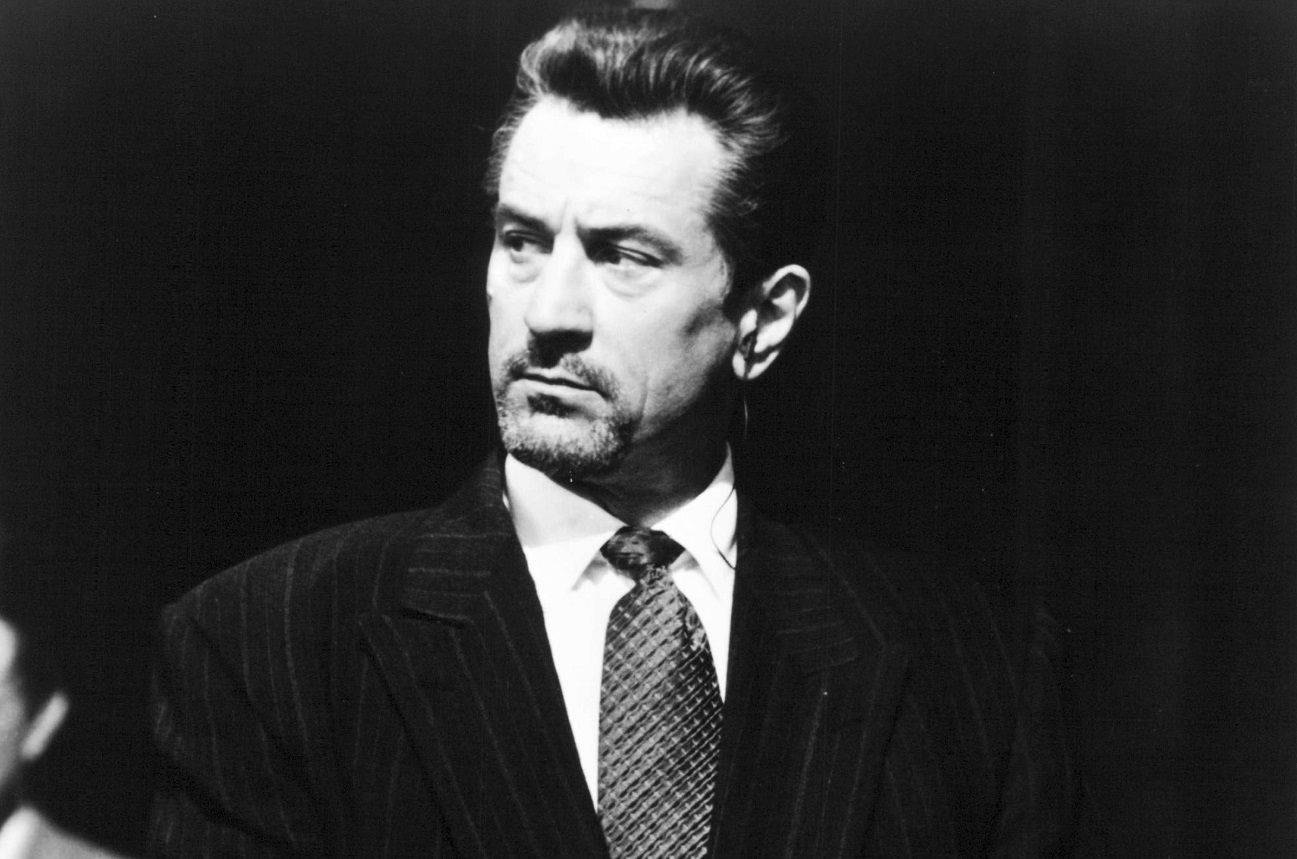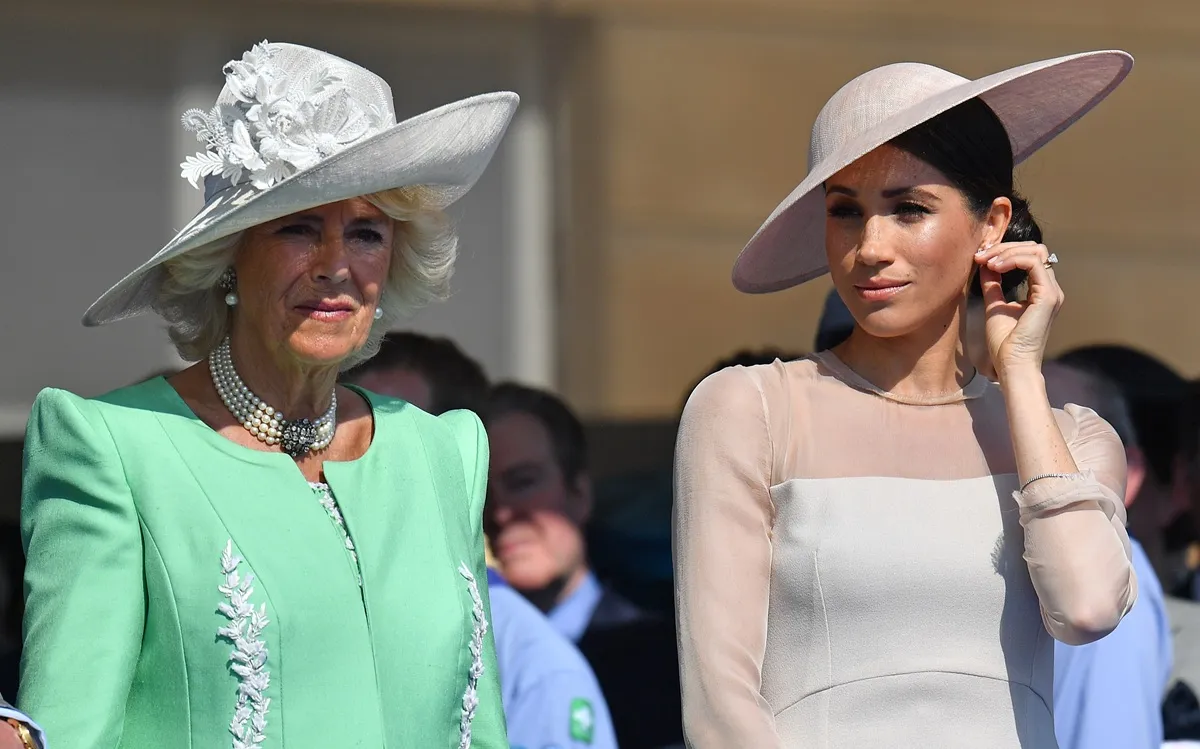The Michael Mann Film That Was the Basis for His Classic ‘Heat’
When Heat (1995) first hit theaters more than a quarter century ago, the buzz centered on the pairing of Al Pacino and Robert De Niro, who’d previously never worked together on screen. These days, Heat simply stands as one of the great action movies of its generation — and possibly the finest work in the career of Michael Mann.
Mann wasn’t starting from scratch when he took up Heat. In the late ’70s, prior to shooting his first feature (1981’s Thief), Mann wrote a screenplay that ran 180 pages (three hours of screen time). It revolved around a master criminal doing jobs around L.A. and a hot-shot cop trying to stop him.
After Thief, Mann reworked the script and looked around for a director to make it. (He even asked Walter Hill to do it.) But no one made it, and Mann became preoccupied with other projects. In the late ’80s, he cut a big chunk of his original script and shot a version for TV. That film became the basis for Heat.
Michael Mann’s ‘Heat’ followed his ‘prototype’ ‘L.A. Takedown’

After he moved on from Miami Vice, Mann went to work on Crime Story for TV and then another feature, Manhunter (1986). But he hadn’t let go of his idea for Heat. In ’89, he took his first go at the material in the TV production, L.A. Takedown. “Hanna is the cop and the HEAT is on,” read the film’s tagline.
If you see clips from the two films, there’s no mistaking the similarities. The famous scene Neil McCauley (De Niro) and Vincent Hanna (Pacino) have together in the coffee shop in Heat features the same dialogue in L.A. Takedown. (In that picture, the thief character is named Patrick McLaren.)
“You see me doing thrill-seeker liquor store holdups with a ‘Born to Lose’ tattoo on my chest?” the criminal mastermind asks in both productions. That scene is also shot in a similar way, with a view over the shoulder of one character as the other speaks.
But L.A. Takedown and Heat are worlds apart. In a 1997 interview (available on YouTube), Mann said comparing the two productions would be like “comparing freeze-dried coffee with Jamaica Blue Mountain.”
Mann described the differences between the 2 films as ‘cosmic’

Speaking in ’97, Mann broke down the vast differences between Heat and L.A. Takedown. “Heat had six months of pre-production and had a 107-day schedule,” he explained. “L.A. Takedown had 10 days of pre-production and had a 19-day schedule.”
Meanwhile, Mann had an infinitely larger budget ($60 million) and two of America’s premiere film actors working for him in Heat. “It’s a completely different kind of undertaking,” Mann continued. “Now, both exist on film, people see both and they make a comparison. For the people who work making a film, this difference is cosmic.”
Nonetheless, the films were similar enough that the experience became invaluable for Mann. “L.A. Takedown to me constitutes something I’d like to on every film, which is get the chance to shoot a prototype, and learn what’s wrong and play around with it,” he said in ’97.


